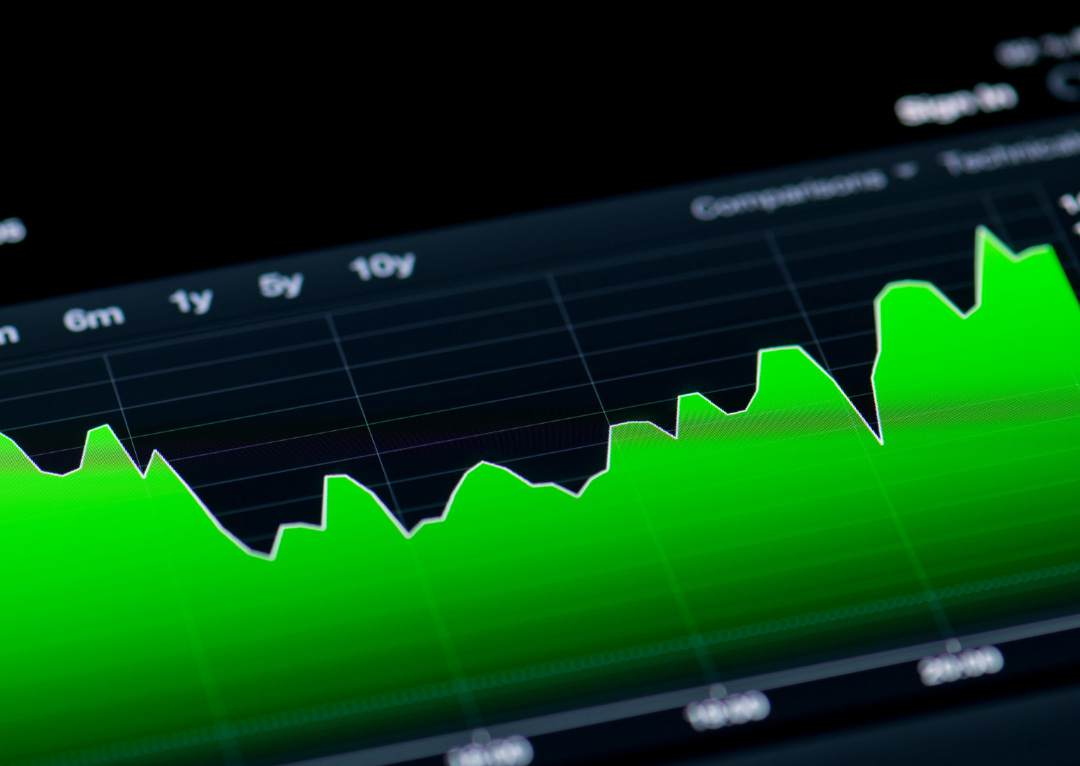The Case for Hedging a Leveraged Long Portfolio with SQQQ to Optimize Risk‑Adjusted Returns

TL;DR
- Leveraged ETFs like TQQQ can deliver dramatic gains in trending bull markets, but they also magnify losses and underperform in volatile or sideways markets due to compounding effects known as volatility drag.
- Decades of research show that adding a tactical hedge using SQQQ — an inverse Nasdaq-100 ETF — helps protect gains, reduce drawdowns, and improve risk-adjusted returns.
- Signal-based hedging frameworks, backed by empirical studies, consistently outperform static buy-and-hold leverage by adapting exposure to changing market regimes.
- For risk-tolerant investors, this approach is a way to pursue outsized returns while still respecting the realities of market cycles.
The Promise — and the Pitfalls — of Leveraged ETFs
Leveraged ETFs such as TQQQ target three times the daily return of the Nasdaq-100. Over short timeframes in strong bull markets, this can create remarkable gains: for example, a +10% move in the Nasdaq can translate into +30% in TQQQ.
But as multiple studies have shown (Rautio, 2024; Hsieh et al., 2025), this daily resetting structure creates hidden risks for longer holding periods. Daily rebalancing means the return path matters: in volatile, sideways, or mean-reverting markets, the compounding of daily returns drags performance below what simple math would suggest.
Thurner, Farmer, & Geanakoplos (2009) demonstrated how leverage magnifies not just returns but the fat tails of portfolio outcomes, leading to clustered periods of outsized losses. This is why some long-term holders of leveraged ETFs are surprised when their real returns fall far short of what they’d expect from the underlying index multiplied by 3x.
The lesson: leverage alone can be powerful, but without a plan for managing it through various market conditions, it can also be a silent portfolio killer.
Why Hedging Matters — and Why SQQQ Fits the Role
The traditional solution for managing portfolio risk is diversification. But when your exposure is already concentrated in a single index like the Nasdaq-100 — and further magnified with leverage — adding diversification alone may not be enough to control downside risk.
That’s where inverse ETFs like SQQQ come in. SQQQ is designed to deliver –3x the daily return of the Nasdaq-100. When the Nasdaq sells off, SQQQ typically rises, offsetting losses on your leveraged long exposure.
Unlike complex derivatives or margin short selling, SQQQ provides an easily accessible tool for everyday investors. DiLellio et al. (2021) highlight how pairing leveraged and inverse ETFs can be used to construct portfolios that dynamically adjust exposure, providing real downside protection during turbulent markets. However, research consistently warns that holding inverse funds passively is ineffective because of the same daily reset and volatility drag issues.
In other words, SQQQ works best when used as a tactical overlay, not a permanent holding.
The Research Case for Signal-Based Hedging
So, when should you hedge? Academic research provides clear guidance: Hedging is most effective when it responds systematically to regime shifts in market behavior.
Hsieh et al. (2025) show that monitoring trend indicators, return autocorrelation, and volatility spikes can be used to determine when leveraged exposure is likely to help — and when it’s more likely to hurt.
Thurner et al. (2009) explain that leverage exacerbates tail risk, meaning the worst market events can do disproportionate damage. Signal-based hedging dampens these tails by scaling back or offsetting exposure when probabilities of large downside moves increase.
A classic practical example is the use of moving averages. When the Nasdaq or TQQQ closes below its 50- or 200-day moving average, this trend break historically aligns with higher volatility and drawdown risk.
Similarly, spikes in the VIX, the market’s “fear gauge,” often precede or coincide with sharp drawdowns.
Research-backed momentum signals — like negative momentum divergence, where leveraged ETFs underperform the underlying index — further strengthen the case for deploying a hedge.
In short, using clear, objective signals to activate SQQQ turns what might otherwise be an inefficient drag into a disciplined risk-management tool.
Real Effects on Risk-Adjusted Returns
Research and backtests have repeatedly shown that pairing leveraged exposure with tactical hedging boosts risk-adjusted returns rather than just raw returns.
Hsieh et al. (2025) model that adding a dynamic hedge to a leveraged position can increase the Sharpe ratio by 20–40% depending on the strategy’s signal precision and turnover. Rautio’s (2024) work supports this, demonstrating that portfolios combining leveraged ETFs with inverse ETF overlays significantly reduced maximum drawdowns during volatility spikes and shortened recovery periods.
DiLellio et al. (2021) also highlight how this structure helps investors benefit from trending markets while avoiding the most damaging tail events — exactly the scenarios where leverage alone can compound losses fastest.
Put simply, leverage can drive superior upside in good times. Smart hedging protects you from giving it all back when the tide turns.
A Practical Example: Dynamic Positioning
How might this look in practice?
This is not investment advice, but for illustrative purposes, a simple rules-based allocation could look like this:

The goal is not to guess the future perfectly, but to systematically adjust leverage and hedges in response to objective signals — putting research into action.
Tradeoffs and Practical Considerations
No framework is flawless. Inverse ETFs like SQQQ are also affected by daily compounding, so if you hedge at the wrong time or hold a hedge too long during sideways markets, decay can erode your gains.
Signal-based hedging only works when you have the discipline to act on the signals, not override them emotionally. And more frequent rebalancing means transaction costs and short-term taxable events that investors must manage carefully.
However, as White & Haghani (2020) argue, this is a small tradeoff compared to the risk of letting unmanaged leverage erode a portfolio during a severe drawdown. The cost of inaction — the “do nothing” alternative — is often far worse.
Conclusion
Leveraged ETFs can be a powerful growth engine for risk-tolerant investors — but only when paired with robust risk management. Using SQQQ as a tactical hedge, activated by clear signals grounded in market research, allows you to keep leverage working for you when trends are strong, and contain it when the odds turn against you.
This is how leverage becomes intelligent: aggressive enough to beat the market when conditions align, but disciplined enough not to wipe out your gains when they don’t.
At alphaAI Capital, we turn this research into a repeatable, automated system. Our tactical leveraged strategies dynamically adjust exposure based on live market signals and stress testing, so investors can pursue the upside of leverage without being blindsided by the risks. It’s how we help growth-minded investors stay protected, stay confident, and stay in the market for the long game, not just the next rally.
References
- Hsieh, C.-H., Chang, J.-R., & Chen, H. H. Compounding Effects in Leveraged ETFs: Beyond the Volatility Drag Paradigm, arXiv (2025).
- Thurner, S., Farmer, J., & Geanakoplos, J. Leverage Causes Fat Tails and Clustered Volatility, arXiv (2009).
- Rautio, A. Performance of Leveraged ETFs During Market Volatility, University of Vaasa (2024).
- DiLellio, J. A., Hesse, R., & Stanley, D. J. Portfolio Performance with Inverse and Leveraged ETFs, Pepperdine University (2021).
- White, J., & Haghani, V. George Costanza at It Again: The Leveraged ETF Episode, SSRN (2020).
Supercharge your trading strategy with alphaAI.
Discover the power of AI-driven trading algorithms and take your investments to the next level.

Continue Learning
Dive deeper into the world of investing and artificial intelligence to unlock new opportunities and enhance your financial acumen.

Paul Merriman’s Ultimate Buy & Hold Portfolio: Historical Review and Modern Risk Considerations
.jpg)
How AI Safely Manages Leveraged ETFs for Long-Term Investors



